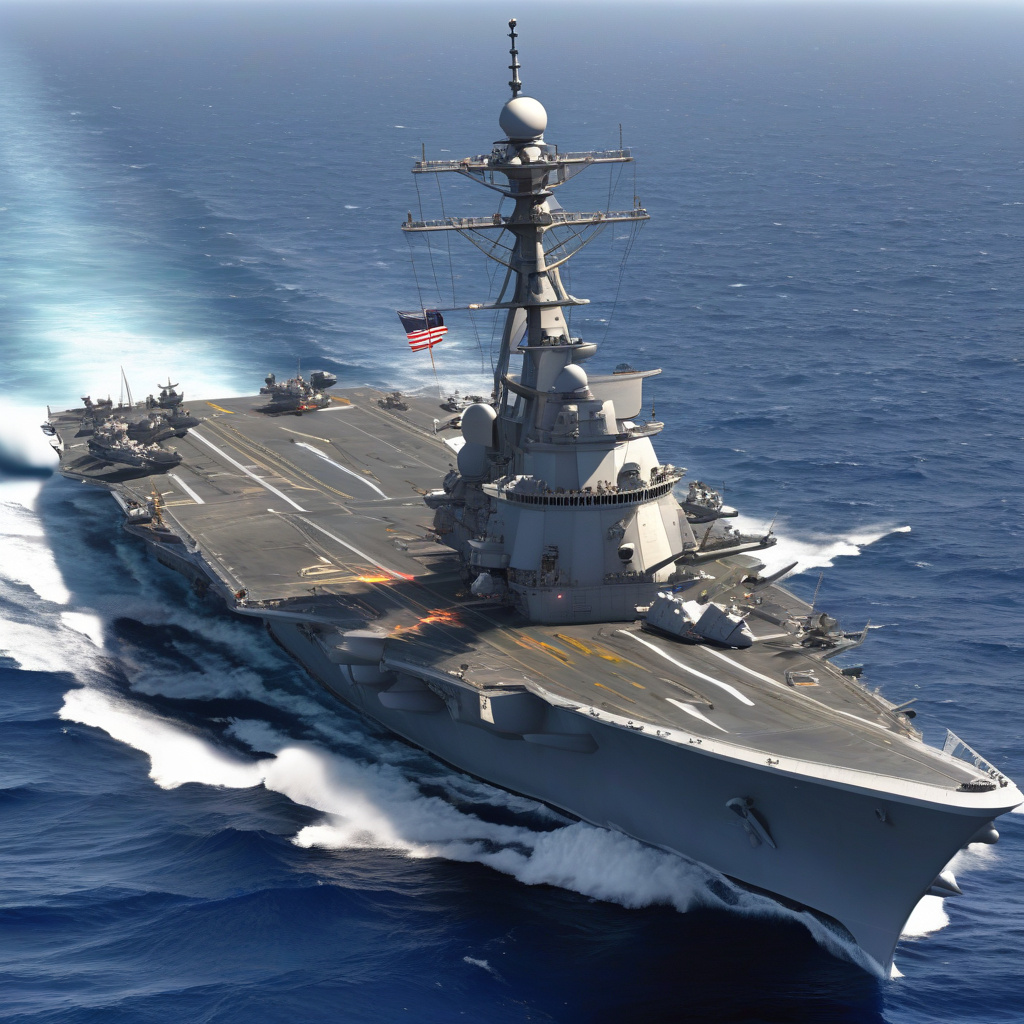US’ Ship-Sinking Missile Deployment to Luzon Could Choke China Vessels Route
The United States is reportedly planning to deploy missiles at a strategic location that could have far-reaching implications for maritime activities in the South China Sea. The proposed deployment of ship-sinking missiles to Luzon, an island in the Philippines, has sparked concerns among regional players, particularly China, which has been asserting its dominance in the disputed waters.
The move is seen as a response to China’s increasing assertiveness in the South China Sea, where it has been building artificial islands and military installations to strengthen its territorial claims. By deploying missiles capable of targeting and sinking ships, the US aims to deter Chinese vessels from using key maritime routes that pass through the region.
The strategic location of Luzon, at the northern entrance of the South China Sea, makes it an ideal spot for the deployment of such missiles. The island’s proximity to major shipping lanes and vital sea routes gives the US a significant advantage in monitoring and controlling maritime activities in the area.
If the deployment of ship-sinking missiles to Luzon goes ahead, it could potentially disrupt China’s maritime trade routes and limit its ability to project power in the South China Sea. Chinese vessels, including military ships and commercial vessels, may be forced to take longer and more circuitous routes to avoid the risk of being targeted by these missiles.
Moreover, the presence of such missiles in Luzon could complicate China’s efforts to enforce its expansive territorial claims in the region. It would serve as a clear signal to Beijing that the US is committed to upholding freedom of navigation and ensuring stability in the South China Sea, despite China’s objections.
The deployment of ship-sinking missiles to Luzon is just one example of how military technology is being used to shape the strategic landscape in the Asia-Pacific region. As countries vie for influence and control in the contested waters of the South China Sea, advanced weapons systems and military capabilities are becoming increasingly important tools of statecraft.
In recent years, the US has ramped up its military presence in the region, conducting freedom of navigation operations and joint military exercises with regional allies to counter China’s growing influence. The deployment of ship-sinking missiles to Luzon is part of this broader strategy to maintain a balance of power and prevent any single country from dominating the region.
While the proposed deployment of missiles to Luzon is likely to escalate tensions between the US and China, it also underscores the importance of upholding international norms and rules-based order in the South China Sea. By asserting its presence and capabilities in the region, the US is sending a clear message that it will not stand idly by in the face of aggressive behavior by any party.
In conclusion, the deployment of ship-sinking missiles to Luzon could have significant implications for maritime security and stability in the South China Sea. By taking this step, the US is signaling its commitment to upholding freedom of navigation and deterring aggressive actions by China. As tensions continue to simmer in the region, the strategic implications of this move are likely to reverberate far beyond the waters of the South China Sea.
US, China, SouthChinaSea, MilitaryStrategy, MaritimeSecurity












